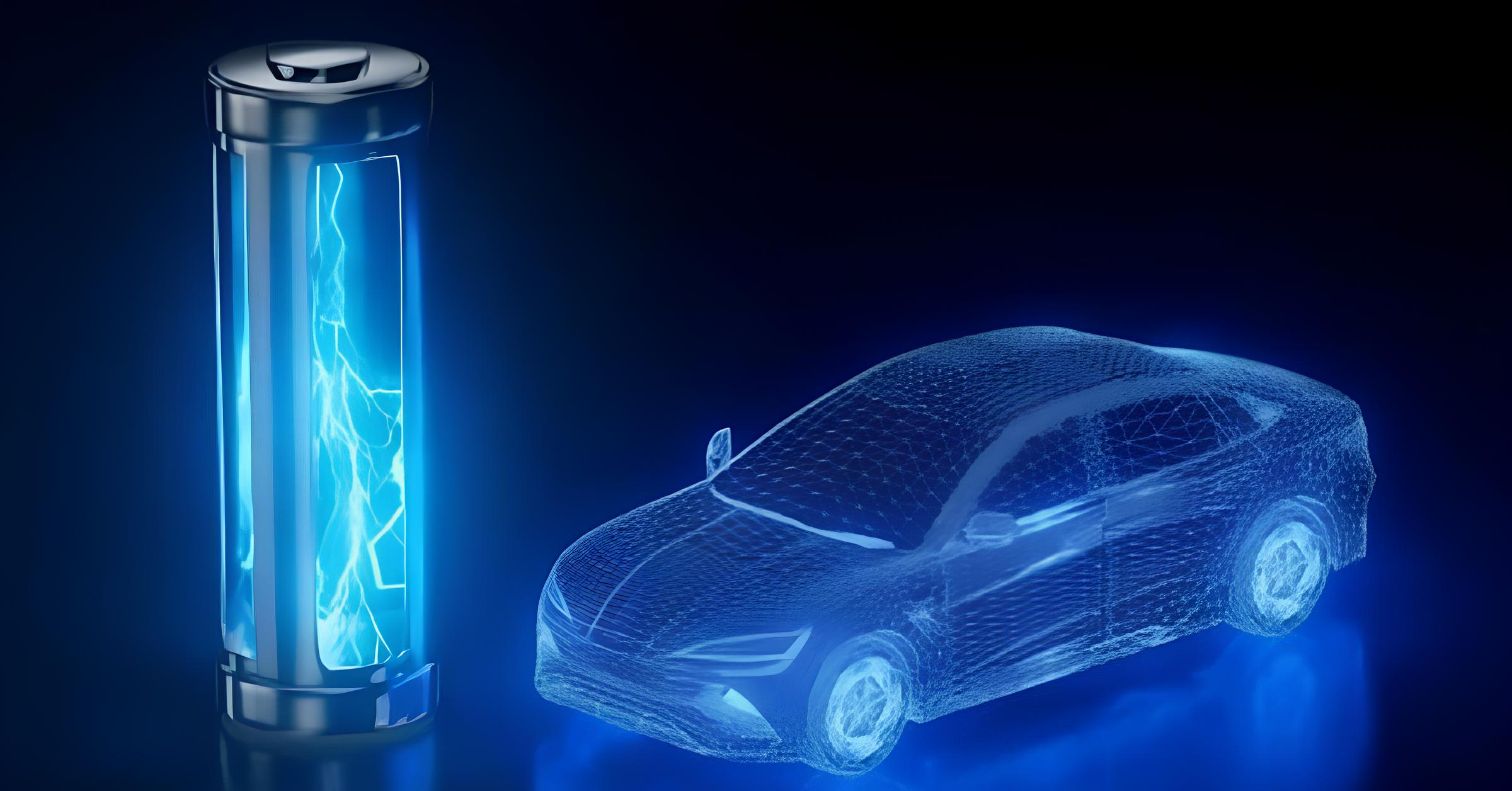Researchers at the New Jersey Institute of Technology (NJIT) have harnessed generative AI to identify five new porous materials that could transform multivalent-ion batteries, offering a sustainable alternative to lithium-ion technology, according to a ScienceDaily report from August 2, 2025. This breakthrough, published in Cell Reports Physical Science, uses magnesium, aluminum, and zinc-based materials to address critical challenges in U.S. electric vehicle (EV) adoption, energy independence, and supply chain resilience. Unlike lithium-ion batteries, which rely on scarce lithium with a single positive charge, multivalent-ion batteries leverage ions with two or three positive charges, potentially storing more energy.
The NJIT team, led by Professor Dibakar Datta, developed a dual-AI system combining a Crystal Diffusion Variational Autoencoder (CDVAE) and a fine-tuned Large Language Model (LLM). This approach enabled rapid exploration of thousands of crystal structures, uncovering five transition metal oxide structures with large, open channels ideal for moving bulky multivalent ions. We turned to generative AI as a fast, systematic way to sift through that vast landscape and spot the few structures that could truly make multivalent batteries practical, Datta said. These materials, validated through quantum mechanical simulations, show promise for real-world synthesis, supporting U.S. efforts to reduce reliance on foreign lithium.
Key benefits for the U.S. include:
- EV Adoption: Higher-energy batteries could extend EV range, addressing consumer range anxiety.
- Energy Independence: Abundant materials like magnesium and zinc reduce dependence on imported lithium.
- Supply Chain Resilience: Domestic material sourcing strengthens manufacturing stability.
The discovery aligns with the U.S. push for sustainable energy, as lithium-ion batteries face supply chain constraints and environmental concerns. “Our AI tools dramatically accelerated the discovery process, which uncovered five entirely new porous transition metal oxide structures that show remarkable promise,” Datta noted. The team plans to collaborate with labs to synthesize these materials, aiming for commercially viable batteries. “This is more than just discovering new battery materials it’s about establishing a rapid, scalable method to explore advanced materials,” Datta added, highlighting potential applications beyond EVs, such as grid storage, to bolster U.S. energy security.
Author
-

Connor Walsh is a passionate tech analyst with a sharp eye for emerging technologies, AI developments, and gadget innovation. With over a decade of hands-on experience in the tech industry, Connor blends technical knowledge with an engaging writing style to decode the digital world for everyday readers. When he’s not testing the latest apps or reviewing smart devices, he’s exploring the future of tech with bold predictions and honest insights.







